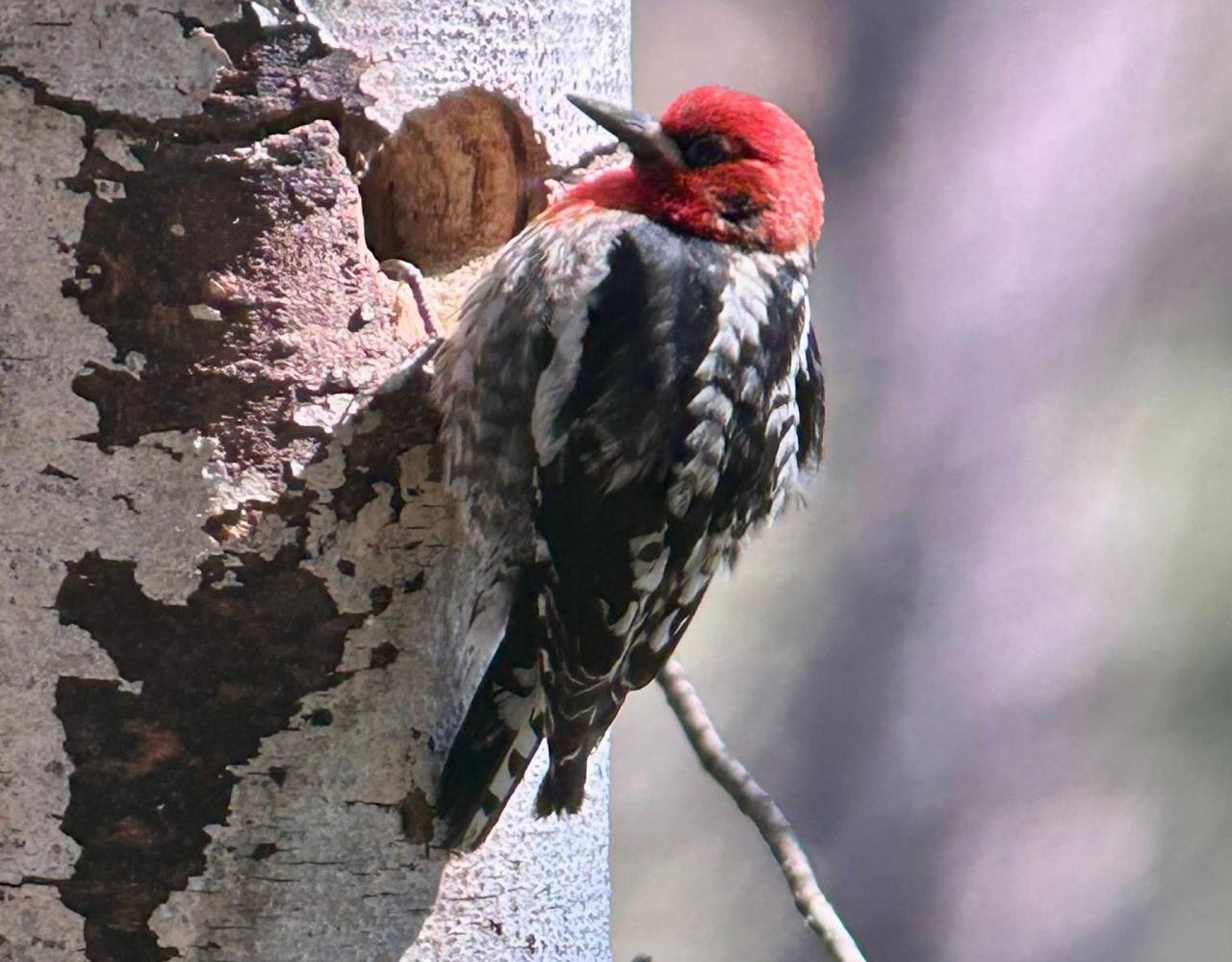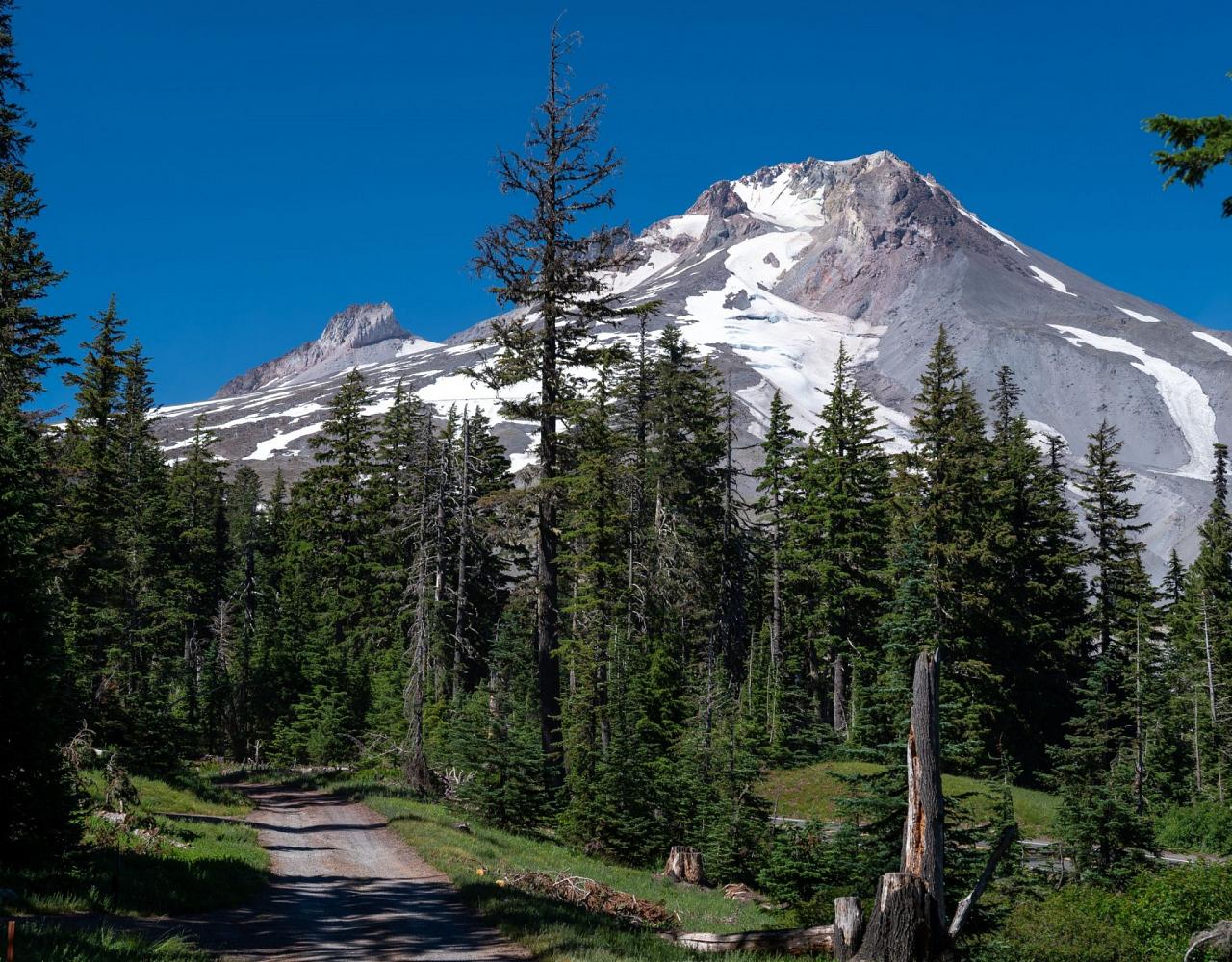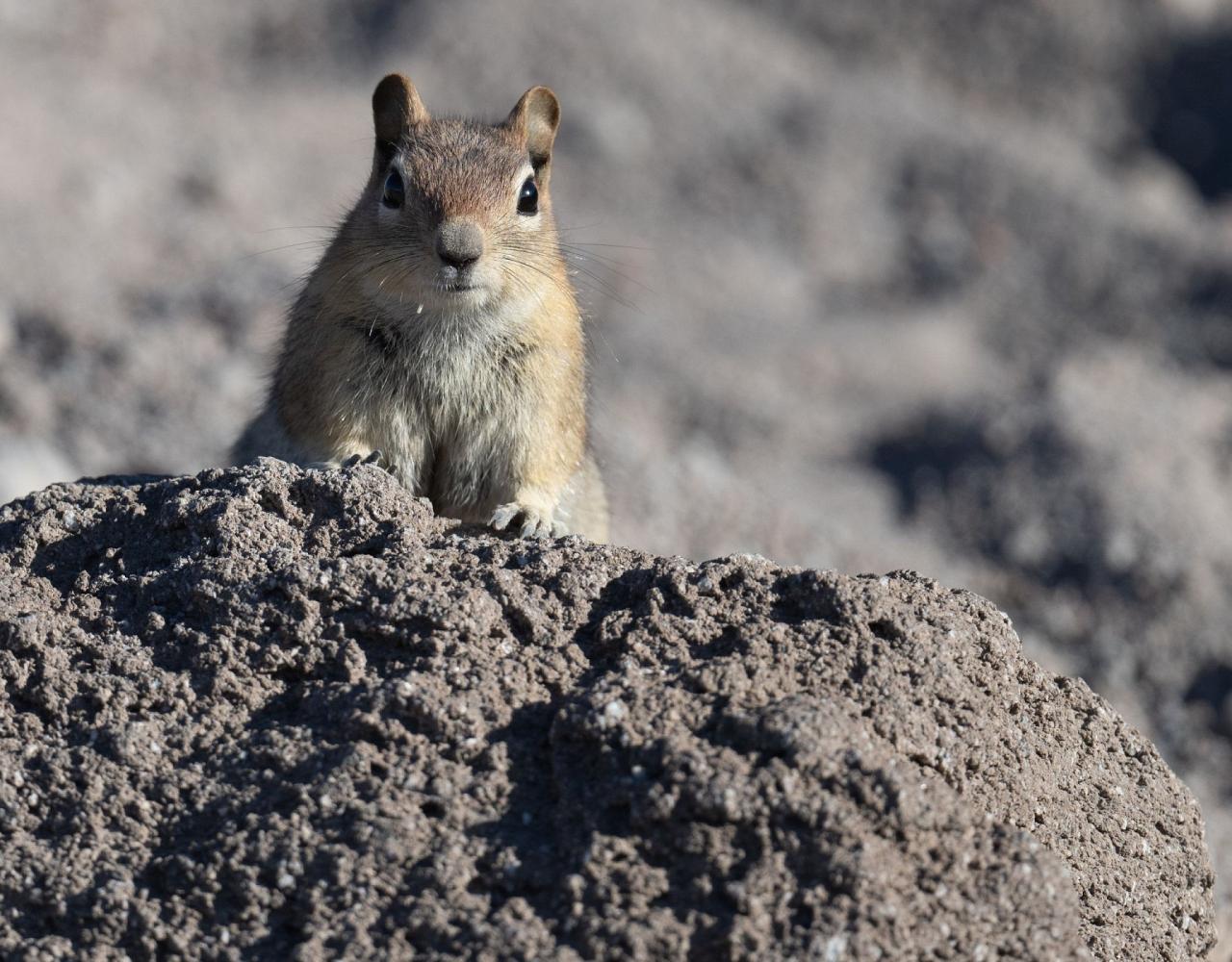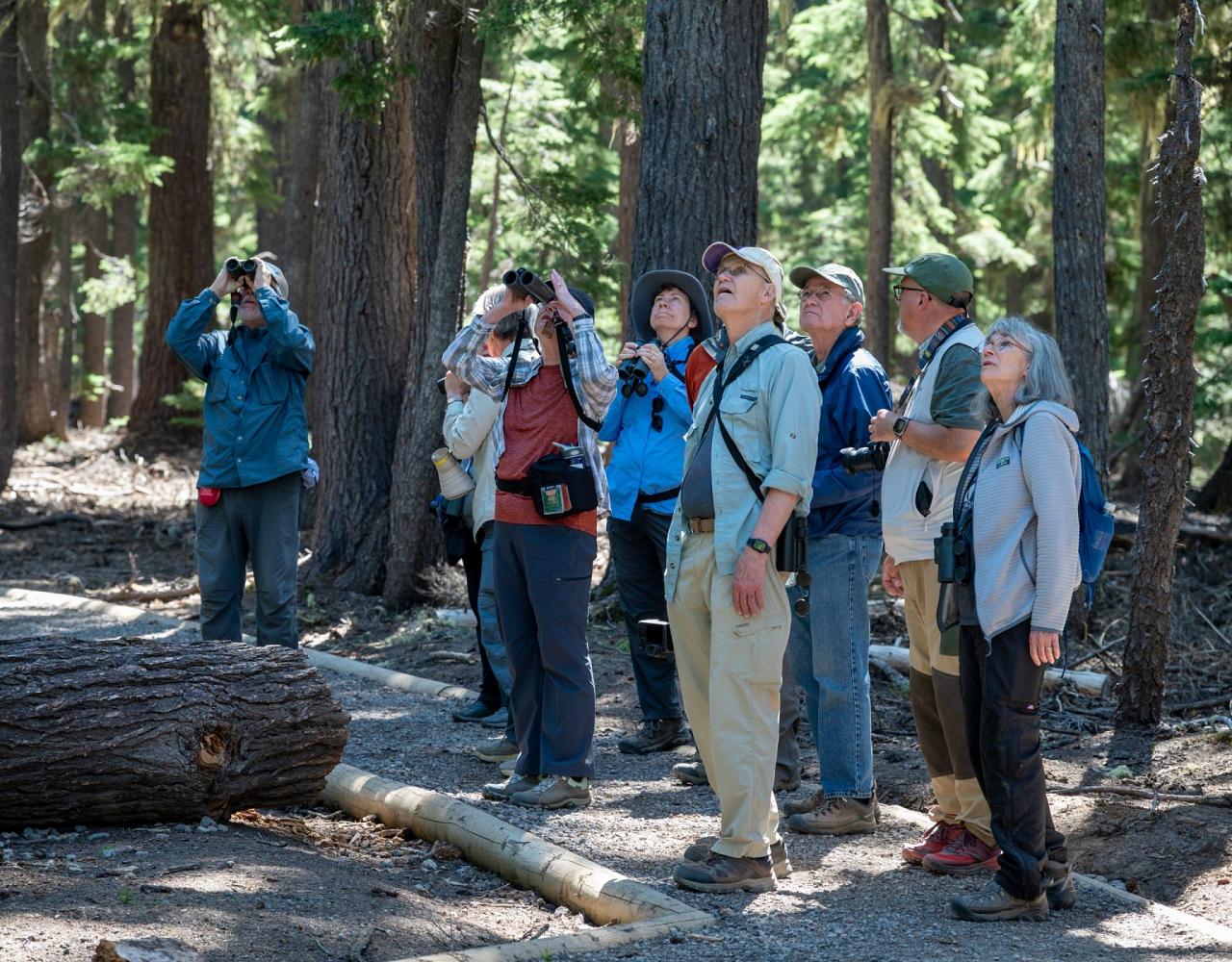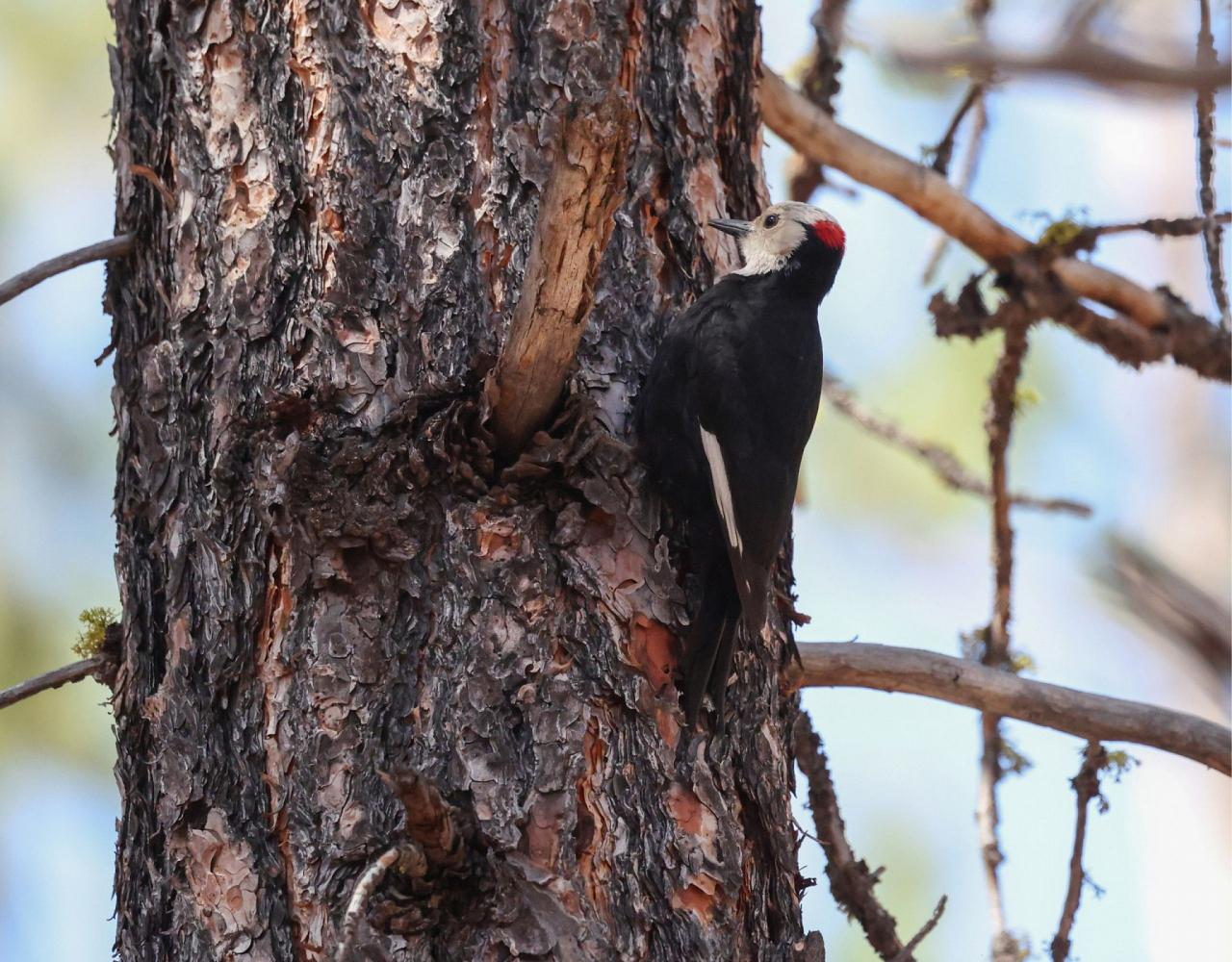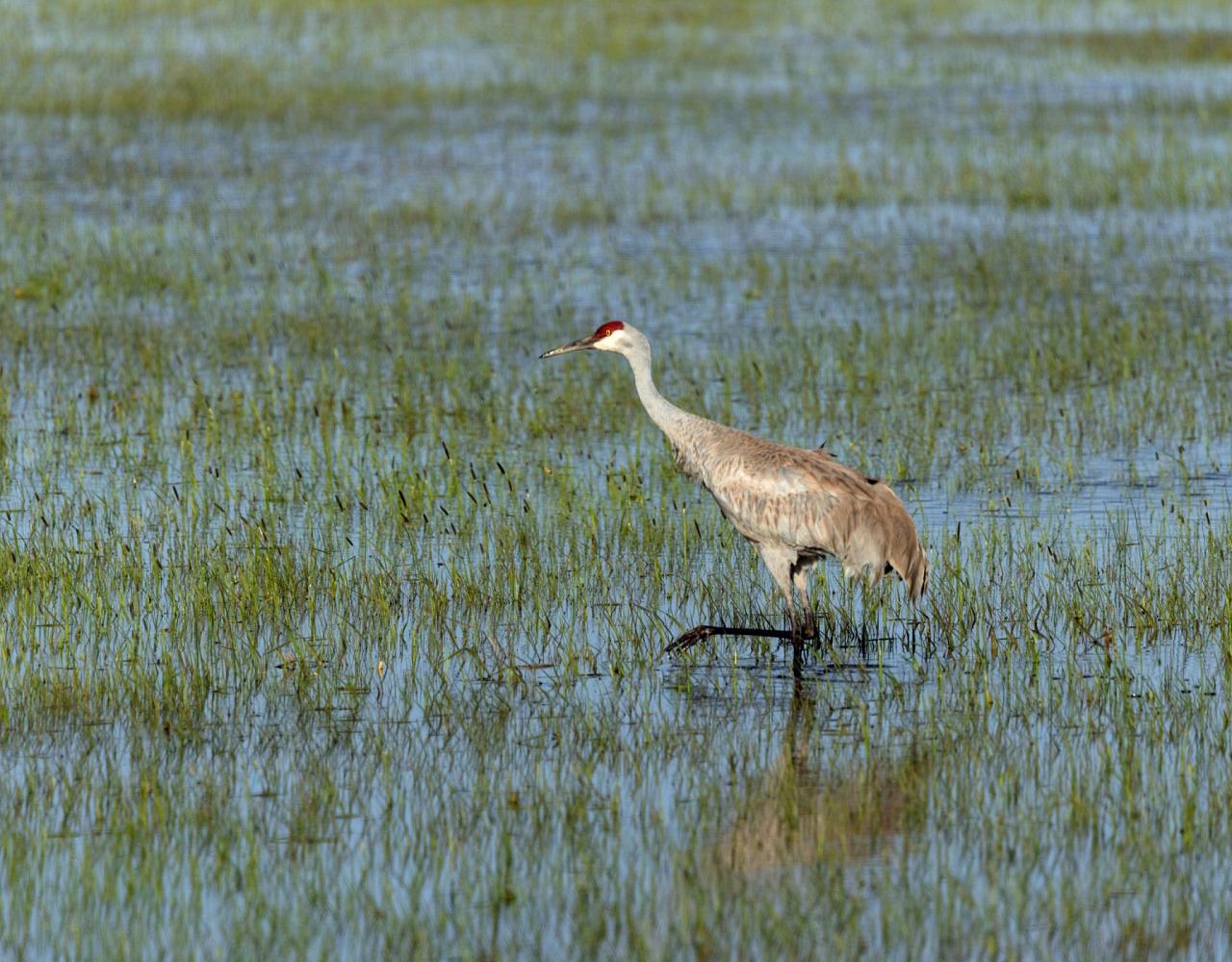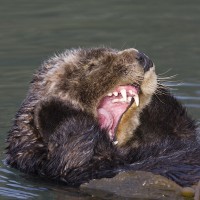- Overview
- Full Itinerary
- Photo Gallery
- Costing
- Travel Details
- Trip Reports
- Guide
- Know Before You Go
- Other Trips You May Like
From the glacier-capped peak of Mount Hood to the windswept shores of the Pacific Ocean, this Oregon birding tour offers a spectacular cross-section of the state’s most iconic landscapes and habitats. Designed with birders in mind, this journey takes us from alpine forests and pristine mountain lakes to the lush Willamette Valley and finally to the tide pools, estuaries, and sandy beaches of the Oregon coast. Along the way, we explore national forests, wildlife refuges, and other preserves that host a remarkable diversity of birdlife, from elusive Rosy-Finches and Mountain Quail in the mountains to Tufted Puffin, Black Oystercatcher, and sea and shorebirds along the coast.
This immersive tour is not only rich in birds—boasting species from the charismatic Western Tanager to the endangered Streaked Horned Lark—but also steeped in Oregon’s natural and cultural heritage. We stay in thoughtfully chosen accommodations, including the historic Timberline Lodge on Mt. Hood and a charming coastal hotel, and enjoy fresh local meals and kind hospitality. With expert guides and carefully crafted excursions, this tour provides the perfect blend of scenic wonder, thoughtful pacing, and exceptional birding from mountain peaks to Pacific beaches.

Tour Highlights
- Settle in for two nights at the iconic Timberline Lodge
- Explore mountain birding at its finest in the shadow of towering Mt. Hood
- Take two days to explore the birds and National Wildlife Refuges of the Willamette Valley
- Traverse your way to the Oregon coast, with exceptional birding stops en route, including a stop at Mary’s Peak
- Spend three nights and two full days on the stunning Oregon coast
- See well-known landmarks like Haystack Rock, home to an impressive colony of breeding Tufted Puffins
Trip Itinerary
Itineraries are guidelines; variations in itinerary may occur to account for weather, road conditions, closures, etc. and to maximize your experience.
Sat., July 25 Arrivals | Portland to Mt. Hood’s Timberline Lodge
Welcome to Oregon! Please arrive in Portland today by noon. We gather as a group and bird our way to the historic Timberline Lodge, nestled on the shoulder of iconic Mount Hood, 11,250 feet, in North-Central Oregon, just about an hour and a half from the airport.
The Timberline Lodge is a renowned historic lodge, serving visitors of Mt. Hood for nearly a century. Built and furnished during the Great Depression, the lodge-style rooms are well-appointed with original handcrafted furniture, art, and textiles. Throughout the lodge, guests can admire the great wood carvings, stonemasonry, and hand-woven draperies from the era. This National Historic Landmark sits comfortably at 6,000 feet and offers sweeping views, cozy accommodations, fabulous dining options, and a captivating history.
After checking in at Timberline Lodge, we enjoy some downtime to relax and admire the unparalleled view of the Mt. Hood summit, with some pre-dinner birding around the property. Dining here is a real art, and a lovely way to end the day. Tonight we get to know each other over dinner and hear about the plan for the week from your expert guide.
Accommodations at Timberline Lodge (D)
Sun., July 26 Full Day Birding in the Shadow of Mt. Hood
Our first full day offers us excellent birding around the southern flank of Mt. Hood. We visit Trillium Lake, one of the most iconic locations in the Mt. Hood National Forest and a great spot for Vaux’s Swift and Chestnut-backed Chickadee. This stunning, pine-lined, and deep blue mountain lake is just 7.5 miles southwest of Mt. Hood; on a clear day, the mountain’s reflection on the smooth water is exceptional for photos. Birding at Timberline Lodge might produce Williamson’s Sapsucker, Mountain Chickadee, or even Gray-crowned Rosy-Finch. We also offer the option of riding the ski lift to 7,000 feet, followed by a hike back down to the lodge, giving us an even greater chance to see the resident Rosy-Finches.
If there has been a recent fire in the region, we head there to look for Black-backed and Three-toed Woodpeckers. Western Tanager and Mountain Bluebird glow like holiday ornaments against a blackened forest.
Accommodations at Timberline Lodge (B,L,D)
Mon., July 27 Drive to Corvallis | Oregon Trail | Willamette Falls
Today we head to the Willamette River Valley and give ourselves a chance at exploring new habitat. The Willamette Valley is a richly diverse area of Oregon, boasting over 450 species of birds. There are a plethora of great wildlife refuges to explore, offering us varying habitats to investigate. As we depart the shadow of Mt. Hood and head into the valley, we make a few scenic stops along the way, the first being a quick stop at the Oregon Trail Museum. The site commemorates the end of this historic 2200-mile trail across the U.S., and holds much significance in the movement west and Oregon’s history.
We make one more quick stop, this time at Willamette Falls. By volume, this is the largest waterfall in the Northwestern United States and the second largest by volume in the United States. Dropping over 50 feet, the falls have been an historic fishing location and a significant site for Native Americans, and play a large role in the milling history of Oregon.
We have lunch near Salem before heading to Ankeny NWR. This is our first shot at proper birding in the Valley. Ankeny National Wildlife refuge is situated near the confluence of the Santiam and Willamette Rivers, in the middle of the Willamette Valley. Ankeny has a wide range of habitats from joint-managed farmland to wetlands. We spend time walking the boardwalk, looking for Virginia Rail and Sora, and maybe a few surprises, too! There are also wonderful ponds where we see the trio of teals–Blue-winged, Green-winged, and Cinnamon, and we stay on the lookout for Long-billed Dowitcher, Greater and Lesser Yellowlegs, and maybe even an elusive American Bittern.
Once we dip our toes into the bird scene in the Willamette Valley, we make our way to Corvallis to check into our hotel and to enjoy a local dinner. Sitting on the banks of the Willamette River, and the home of Oregon State University, Corvallis is in the “heart of the valley,” and our home for the next two nights.
Accommodations In Corvallis (B,L,D)
Tues., July 28 Full Day in Willamette Valley
A day in the valley is what we have in store for you today, filled with wildlife refuges, covered bridges, and birds. We first head south, toward Finley NWR. Established in 1964, this 6,000-acre refuge is home to rare habitats that support thousands of species. Unique habitats such as oak savanna, upland prairie, and wet prairie can all be found here. Endangered and threatened species such as Streaked Horned Lark, a subspecies of Horned Lark only found in Washington and Oregon, is one of our to birds to look for today. A herd of Roosevelt Elk can often be found in the bottomland forests or farm fields on the refuge. This is also a great place for many species of summering swallows, Marsh, and Bewick’s Wrens, plus a fine place to search for Grasshopper Sparrow.
In between wildlife refuges, we make stops along different agriculture fields and hotspots that may be productive at the time. It can be a very productive valley for birding, but the activity can move from field to field depending on time of year and crops that are planted, so we keep these stops somewhat fluid. There are also many ponds dispersed in the valley that we can check for productivity. This also gives us a chance to stop at one of the many historic covered bridges in the area.
Baskett Slough Wildlife Refuge is our other main stop for the day. First established as a refuge to help protect land for wintering Dusky Canada Geese, this refuge has become a magnificent place year round. Aside from the year round waterfowl like Wood and Ruddy Ducks and Bufflehead, we can also hope to find Wilson’s Snipe and charming Phalaropes. Baskett Slough also gives us a great habitat to look for Western Meadowlark, Yellow-headed Blackbird, and even some summering Bullock’s Orioles.
After a fulfilling day in the valley it's time to head back to Corvallis for dinner and packing. Tomorrow we head to the coast!
Accommodations In Corvallis (B,L,D)
Wed., July 29 Drive to Garibaldi | Mary’s Peak | Oregon Coast
After breakfast it’s time to check out and make our way to the gorgeous Oregon Coast. We have our first stop of the day en route at Mary’s Peak, just 20 miles west of Corvallis; Mary’s Peak is home to Mountain Quail and Sooty Grouse, and it’s here that we have our best shot at seeing these elusive species, so it's worth a stop in the morning before we make our way west to the coast. We are also on the lookout for Band-tailed Pigeon here, as well as California Scrub-Jay, if we have not yet seen them.
Once we are finished exploring Mary’s Peak, we head back down the mountain and toward the coast, stopping at Yaquina Bay, which has some great estuary trails. This is our first foray into the coastal life we plan to explore over the next few days and local birds include Semipalmated Plover, Dunlin, and Surf Scoter, just to name a few.
Once we have our fill of birding in the bay, and lunch in Newport, we continue our trek north toward Garibaldi, with a stop en route at Cascade Head Preserve. This is a wonderful Nature Conservancy property where we can get out, stretch our legs, and take in the beauty of the surrounding Sitka spruce and hemlock forest. It's a fantastic place to enjoy the woods with sightings of Steller’s Jay and Chestnut-backed Chickadee. From here we head to the coast for check-in.
Accommodations Oregon Coast (B,L,D)
Thurs., July 30 & Fri., July 31 Oregon Coast
Welcome to the Oregon coast! We have made our way from the foot of Mt. Hood, across the Willamette Valley, and now have officially arrived at the coast. We spend the next two days exploring the rich uniqueness of the landscape here. We explore such places as iconic Haystack Rock, home to one of the largest breeding colonies of adorable Tufted Puffin in Oregon, along with bays, jetties, and estuaries, in search of Snowy Plover, Heermann’s Gull, Black-Bellied Plover, and striking Black Oystercatcher. We have time to explore lighthouses and Sitka Spruce forests, too. Just driving along the Tillamook Coast is a scenic treat that can’t be missed. Locations like Sitka Sedge State Park give us access to habitats that include marshes, forested wetlands, and tidal flats, where we could spot anything from Brant to Wrentit! The diversity of species and habitats fills our two days, and your guide has his ear to the ground for other strong local sightings. Along with the abundance of wildlife and amazing habitats, the coast is filled with charming coastal towns, like Cannon Beach and Manzanita. These charming towns should offer us a little time for shopping or to grab a coffee at a local shop.
Accommodations Oregon Coast (B,L,D)
Sat., Aug. 1 Departures
After breakfast and some casual birding, we plan to arrive at the airport by noon for flights out after 3:00 PM. (B)
Cost of the Journey
Cost of the Journey is $3,990 DBL / $4970 SGL, based on double occupancy, per person. The tour price includes airport transfers, 7 nights’ accommodations, all meals as noted in the itinerary, professional guide services, park and preserve entrance fees, and miscellaneous program expenses.
Cost of the journey does not include airfare from your home to Portland, Oregon or items of a personal nature, such as drinks from the bar, telephone, and local guide gratuities (at your discretion, we will give some guidelines).
Travel Details
Please plan to make air travel plans only after the minimum group size has been met. We will send you a confirmation email as soon as the trip has been confirmed.
Arrival Airport: Portland International (PDX)
Arrival Details: Please plan flights to arrive July 25, 2026, no later than 12:00 PM
Departure Airport: Portland International (PDX)
Departure Details: Please plan flights to depart August 1, 2026, after 3:00 PM
Hotel Recommendations: If you want to relax and stay near the airport after arrival (we can pick you up at this hotel, also where the guide will be staying), we recommend: Hyatt Place Portland Airport. If staying downtown there are many unique charming hotels such as the Heatham Hotel.
Travel Tip: If you want to arrive a day or two early, Portland has an array of wonderful things to do. The Portland Japanese Garden is considered the most beautiful and authentic Japanese garden outside of Japan. For those geology fans, the Rice Museum of Rocks & Minerals is a must see. Not only does it have a wonderful location, the building itself is also on the National Register of Historic Places. Just staying in downtown Portland offers endless dining options and access to many more great museums such as the Oregon Historical Society.
Browse below for trip reports and species lists from past versions of this and other tours from this destination.
Oregon
- May 2021
- July 2021 (Birds & Botany)
- July 2021
- May 2022
- July 2022
- May 2023
- June 2023 (Photography Seminar)
- July 2023 (Cascade Mountain Lodges)
- May 2024
- May 2025
-
David Jaffe

David Jaffe is an engaging naturalist inspiring people through his curiosity to develop meaningful connections with our home planet. He has been an avid birder since volunteering with the National Audubon Society in 1991. Over his 30+ year career in the outdoor industry, he has gained experience as a guide throughout the United States and on all seven continents. He is a certified National Geographic Photography instructor and works as a naturalist and lecturer on expedition ships. He helped establish a marine protected area off the coast of Madagascar and assisted with bird research projects in the United States, Canada and South America. He has led backcountry trips in Denali National Park and gained great insights while working as a Park Ranger in Yosemite and Sequoia National Parks. He is a passionate birder with a keen interest in geology, botany, and the intricacies of natural history. He loves this work and infuses every tour with his enthusiasm, knowledge and care.
Other trips with David Jaffe
-
 Trinidad & Tobago: Incredible Birds & WildlifeJanuary 23 - February 1, 2026
Trinidad & Tobago: Incredible Birds & WildlifeJanuary 23 - February 1, 2026 -
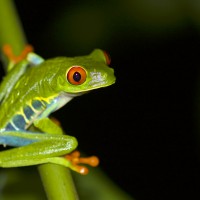 Costa Rica: Monteverde & More!March 18 - 28, 2026, w/La Selva/Sarapiqui extension
Costa Rica: Monteverde & More!March 18 - 28, 2026, w/La Selva/Sarapiqui extension -
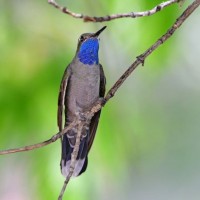 Southeast Arizona FULL - Check out Arizona Monsoon Madness!May 2 - 11, 2026
Southeast Arizona FULL - Check out Arizona Monsoon Madness!May 2 - 11, 2026 -
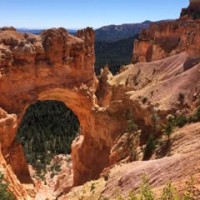 Birding Canyon CountryMay 17 - 25, 2026
Birding Canyon CountryMay 17 - 25, 2026 -
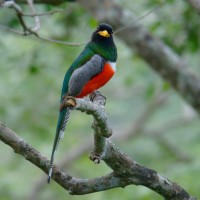 Arizona Monsoon Madness: Birding & Nature in a Season of Wonder!August 4 - 11, 2026
Arizona Monsoon Madness: Birding & Nature in a Season of Wonder!August 4 - 11, 2026 -
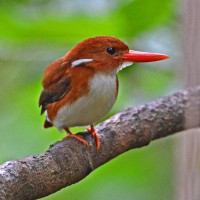 Madagascar: 8th Continent!November 4 - 18, 2026
Madagascar: 8th Continent!November 4 - 18, 2026 -
 Classic Alaska: Birding & Wildlife: Anchorage, Nome, Seward & Kenai Fjords Sold as a private tour.June 8 - 17, 2027
Classic Alaska: Birding & Wildlife: Anchorage, Nome, Seward & Kenai Fjords Sold as a private tour.June 8 - 17, 2027
-
Essential Information +
Photo credits coming soon.




